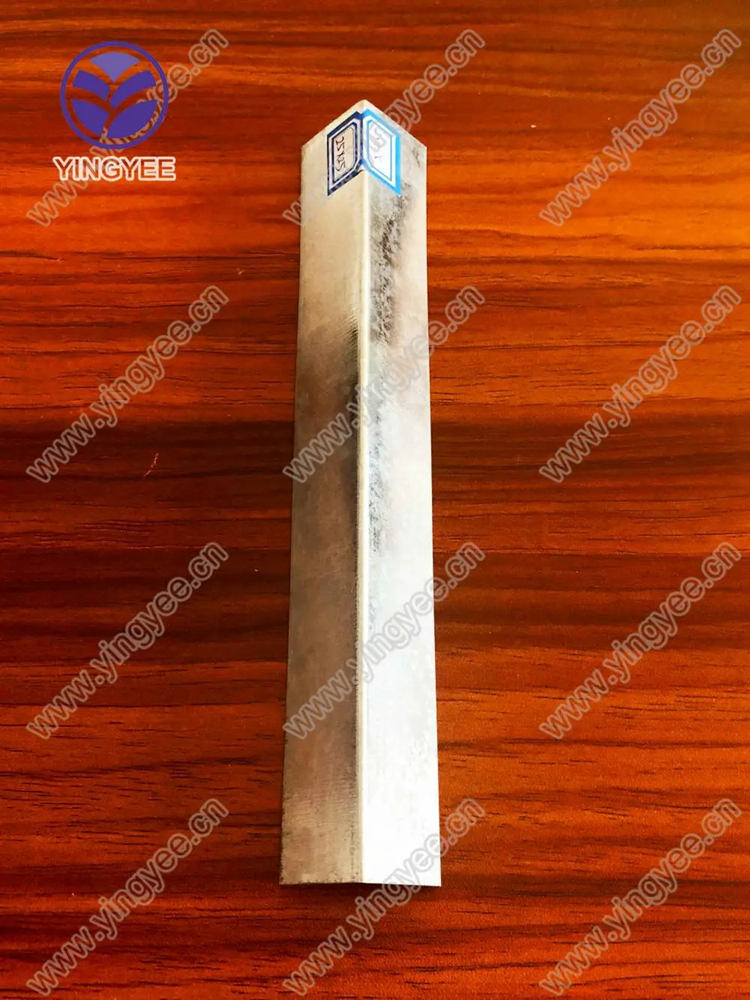
The Ceiling Channel Roll Forming Machine Innovations and Applications
As the construction industry continues to evolve, one of the most significant advancements in the manufacturing of building materials is the introduction of specialized machinery, such as the ceiling channel roll forming machine. This innovative machine plays a crucial role in the production of ceiling channels, which are essential components in modern architectural designs, providing structural support while ensuring an aesthetic finish.
Understanding Ceiling Channel Roll Forming Machines
A ceiling channel roll forming machine is designed to manufacture U-shaped channels from metal sheets, typically steel or aluminum. These channels are used extensively in ceiling frameworks to support drywall, acoustic panels, and other ceiling systems. The roll forming process involves feeding a flat metal sheet into the machine, where it passes through a series of rollers that progressively shape it into the desired channel profile.
One of the key advantages of using a roll forming machine is its efficiency. The continuous operation of the machine allows for high production rates, making it possible to produce large quantities of channels in a short period. This efficiency not only reduces labor costs but also minimizes material waste, as the roll forming process is designed to optimize raw material usage.
Features and Benefits
The ceiling channel roll forming machine consists of several critical components, including a decoiler, feeding system, roll forming section, cutting device, and control system. Each part plays a vital role in ensuring the machine operates smoothly and effectively. Here are some notable features and benefits
1. Precision Engineering The roll forming process provides high dimensional accuracy and consistent quality in the produced channels. Advanced CNC technology ensures that specifications and tolerances are met with precision, allowing for reliable performance in construction projects.
2. Versatility Many modern ceiling channel roll forming machines are designed to handle various materials and profiles. This versatility enables manufacturers to produce customized products tailored to specific requirements, such as differing dimensions, thicknesses, and coatings.

3. User-Friendly Controls Operators benefit from intuitive control systems that simplify machine operation. Many machines are equipped with touch screens and programmable settings, making it easier to adjust parameters for different production runs.
4. Durability Constructed from high-quality materials, these machines are built to withstand the rigors of continuous operation. Their robust design minimizes the likelihood of breakdowns and maintenance needs, contributing to a longer service life.
5. Cost-Effectiveness By automating the production process, companies can significantly reduce labor and production costs. The ability to produce high volumes of ceiling channels efficiently translates into better profit margins.
Applications in the Construction Industry
Ceiling channel roll forming machines are widely used in various sectors of the construction industry. The channels produced are integral to the framing of ceilings in residential, commercial, and industrial buildings. They provide a sturdy foundation for suspended ceilings, allowing for easy installation of lighting fixtures, HVAC systems, and acoustic panels.
In addition to traditional construction applications, roll-formed ceiling channels are increasingly utilized in modular construction and prefabricated building methods. As the emphasis on speed and efficiency grows, the ability to produce components offsite for quick assembly onsite is becoming a game-changer in the industry.
Moreover, the flexibility of these machines allows manufacturers to adapt to changing trends within the construction sector. For example, the growing demand for sustainable building practices has led to a rise in the use of recycled materials and eco-friendly coatings. Roll forming machines can be easily adjusted to accommodate these materials, ensuring manufacturers stay competitive.
Conclusion
The ceiling channel roll forming machine is a vital component of the contemporary construction landscape. Its ability to produce high-quality, precise channels efficiently positions manufacturers to meet the demands of an evolving market. As technology continues to advance, these machines will undoubtedly become more sophisticated, further enhancing their role in delivering innovative building solutions. Investing in a ceiling channel roll forming machine not only boosts production capabilities but also places manufacturers at the forefront of industry developments, ready to meet the challenges of tomorrow's construction requirements.